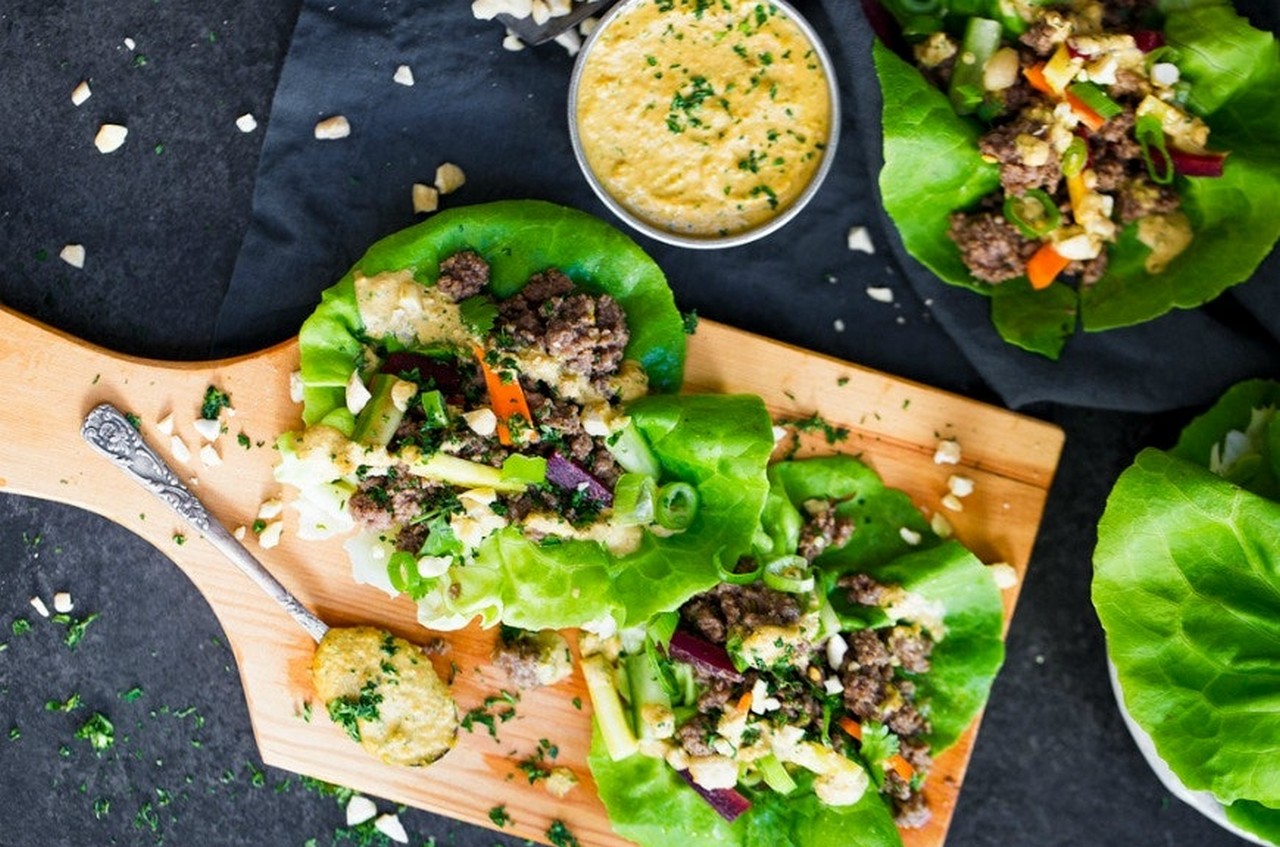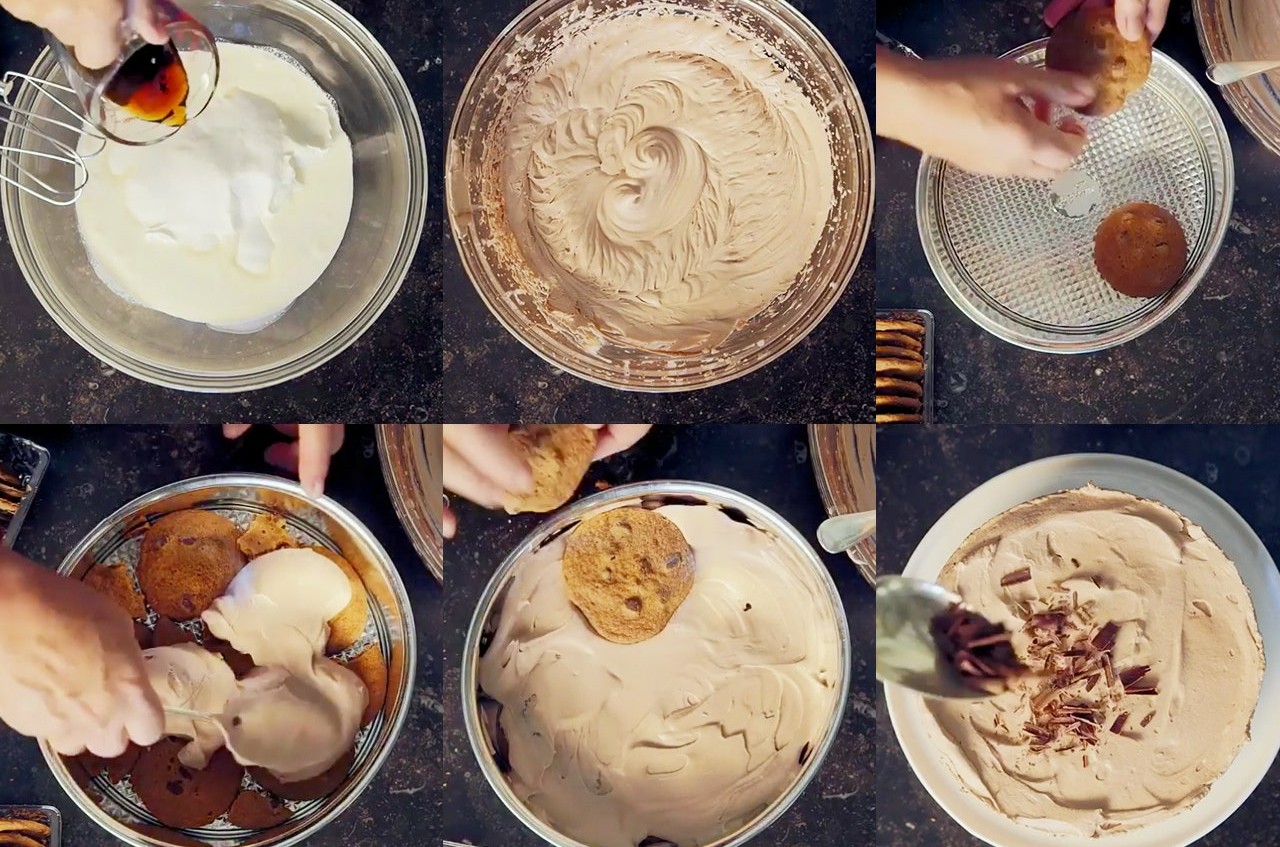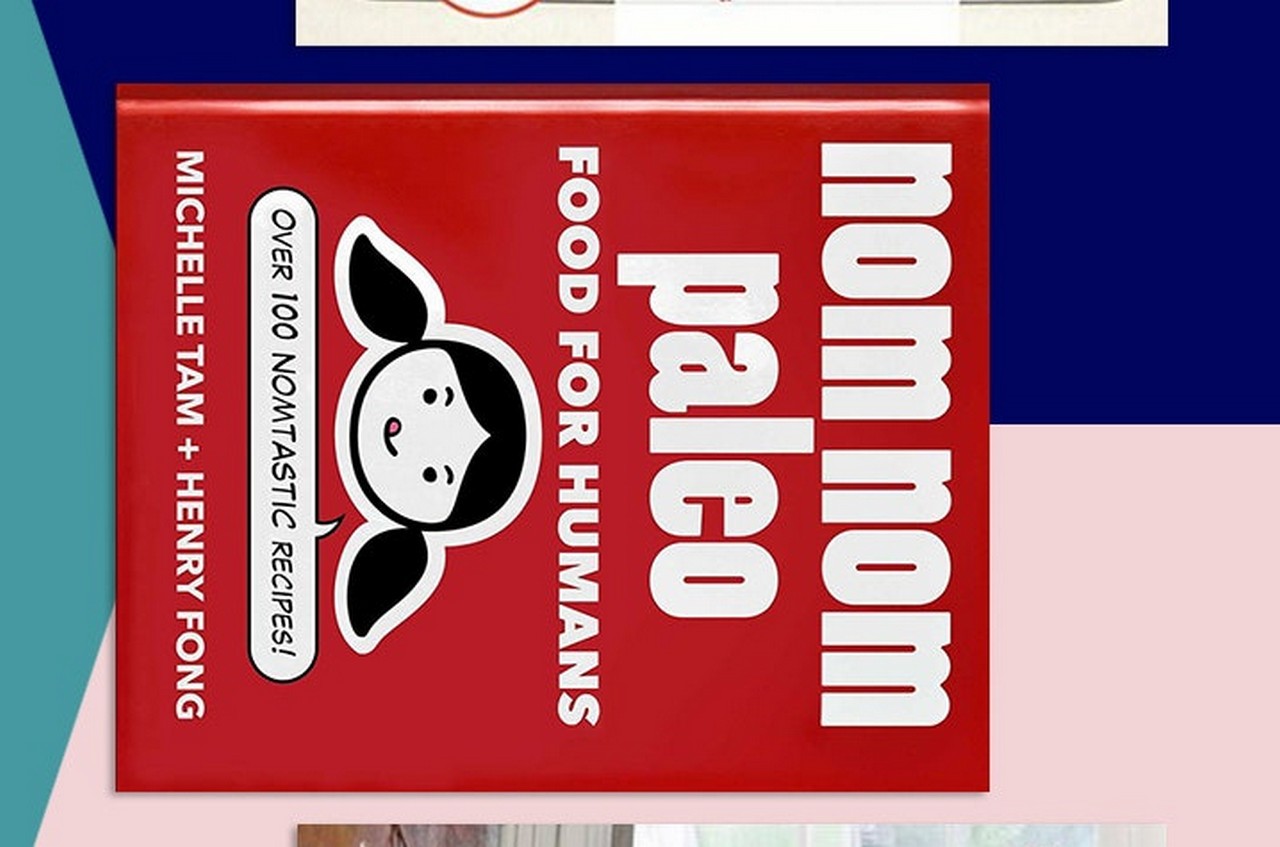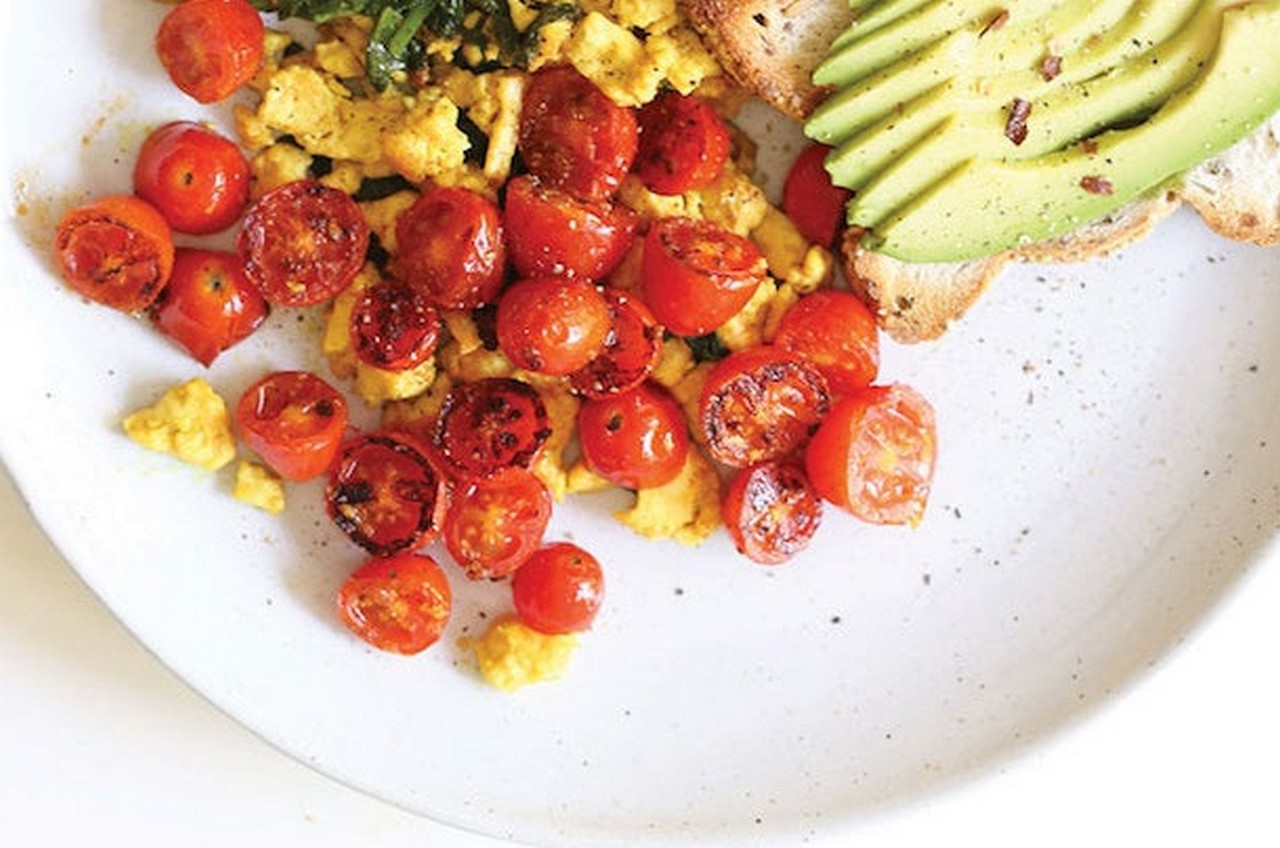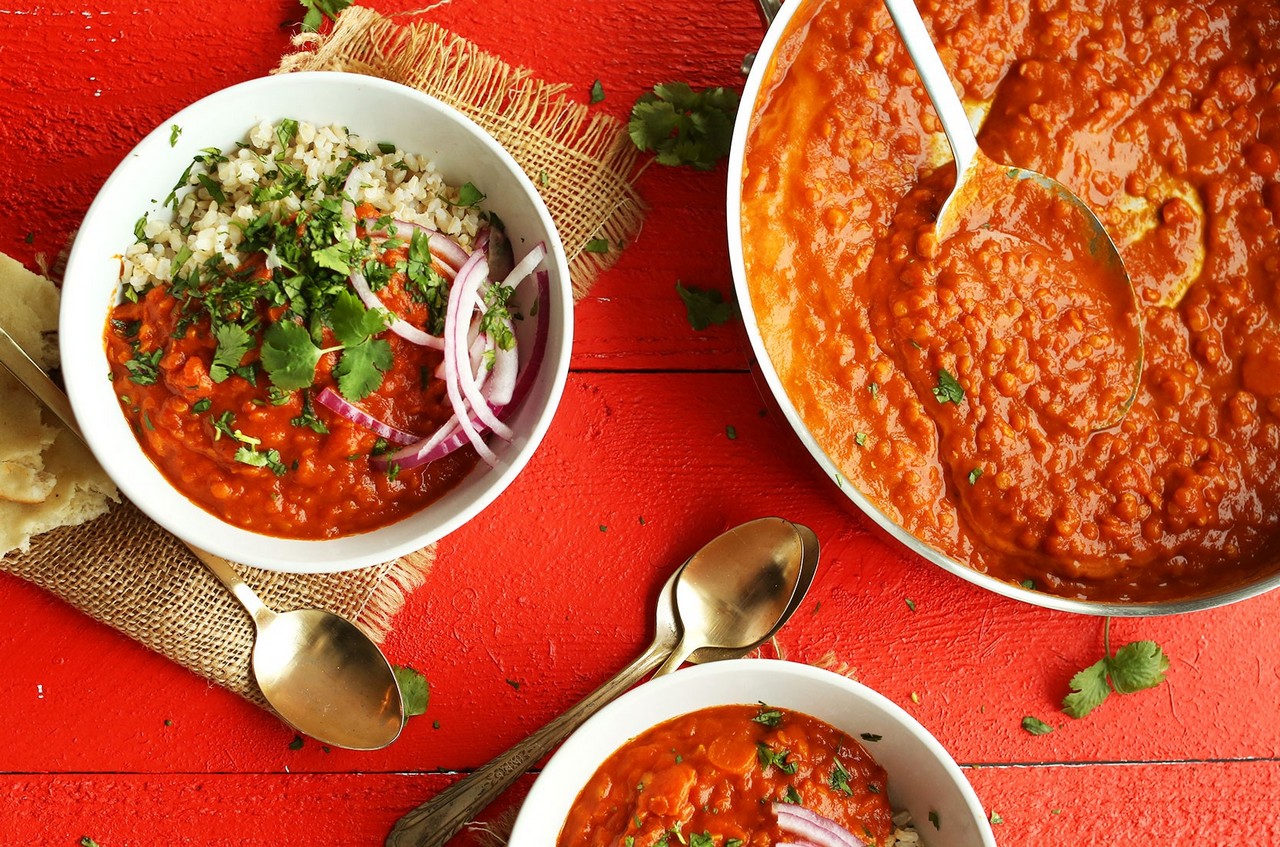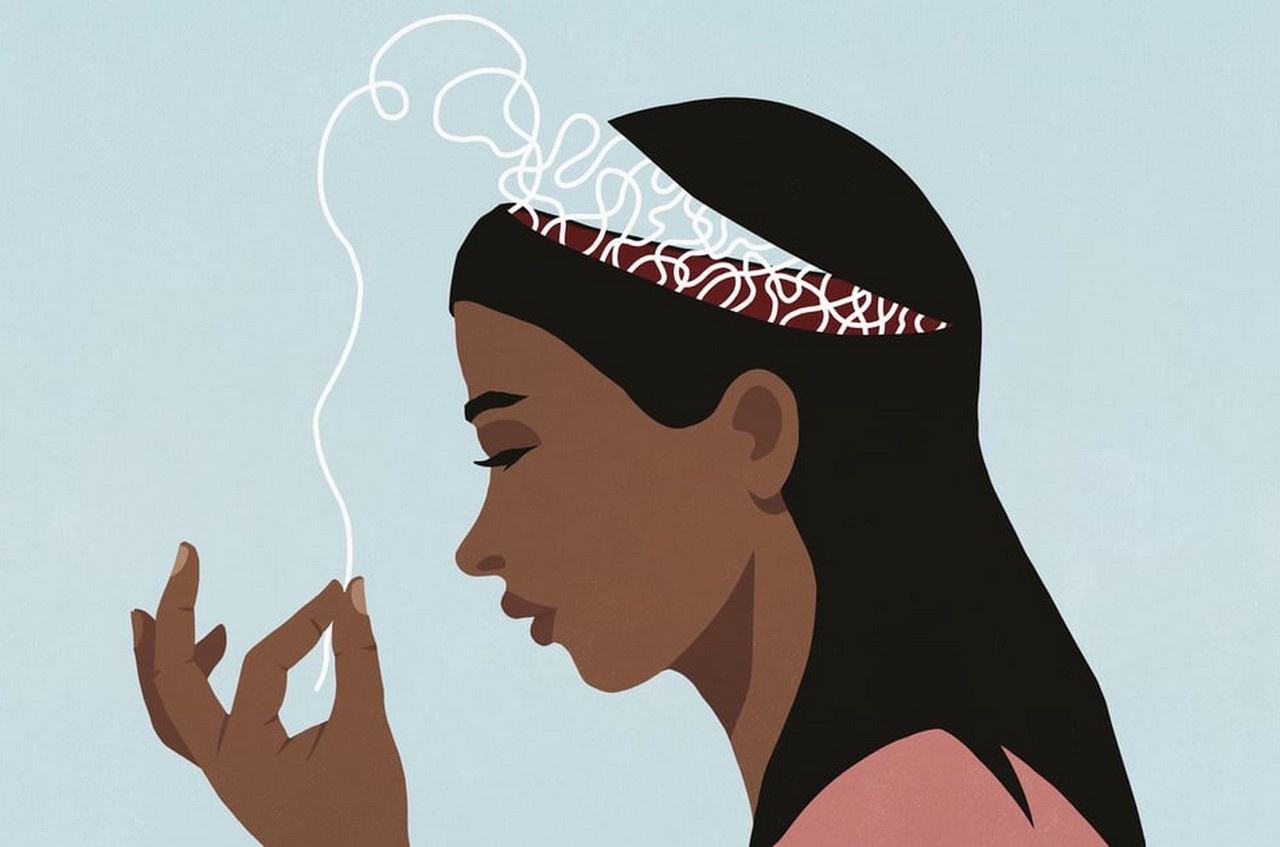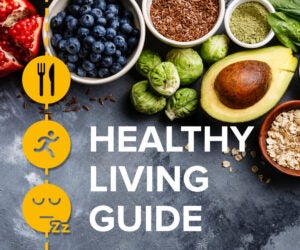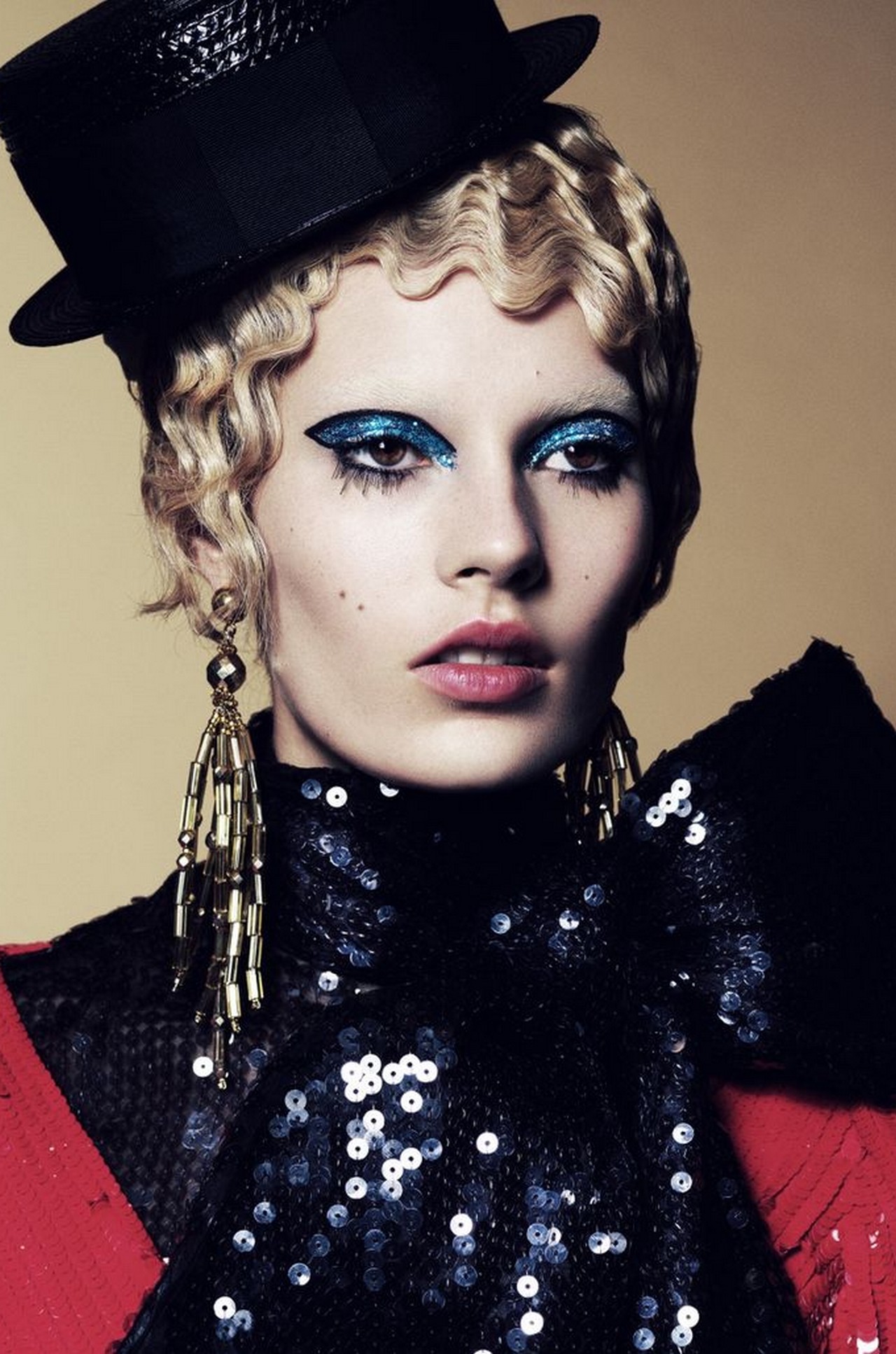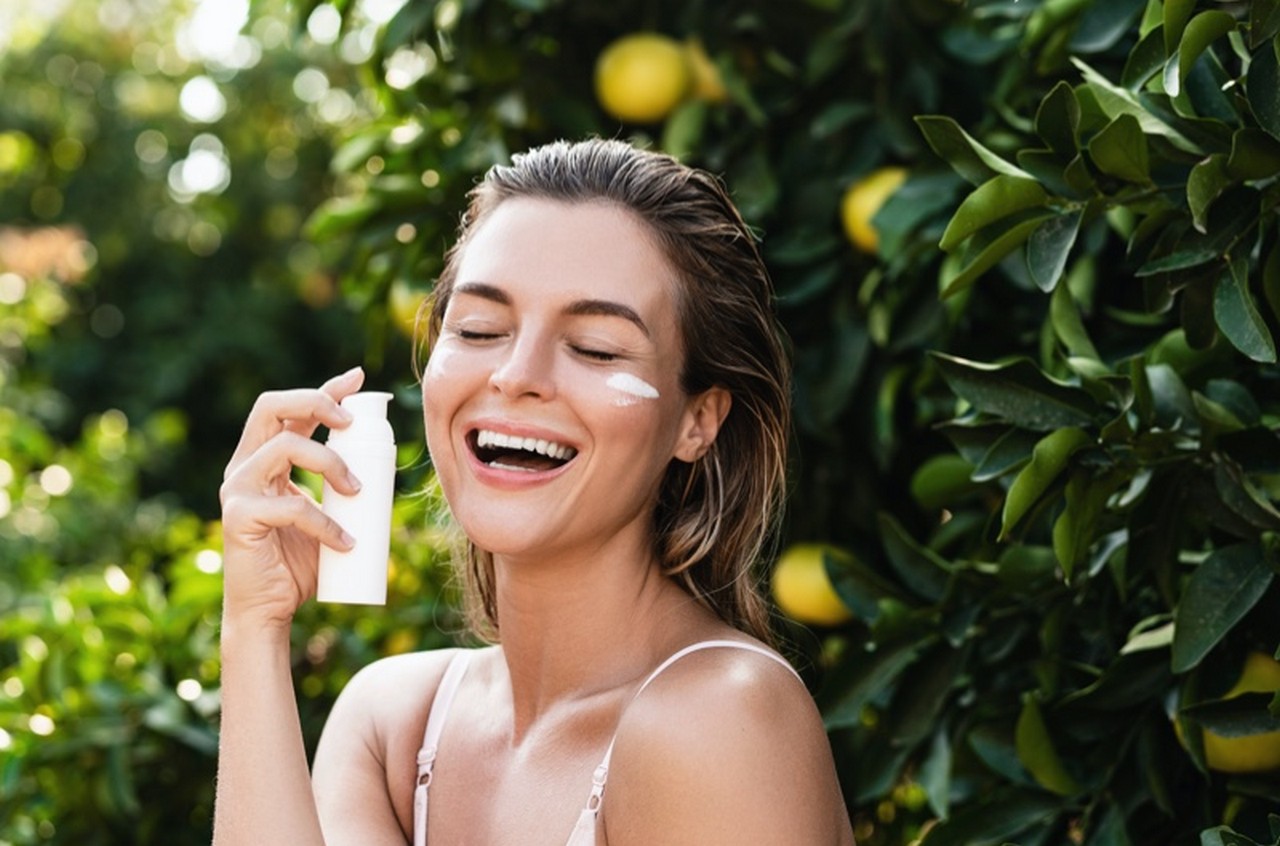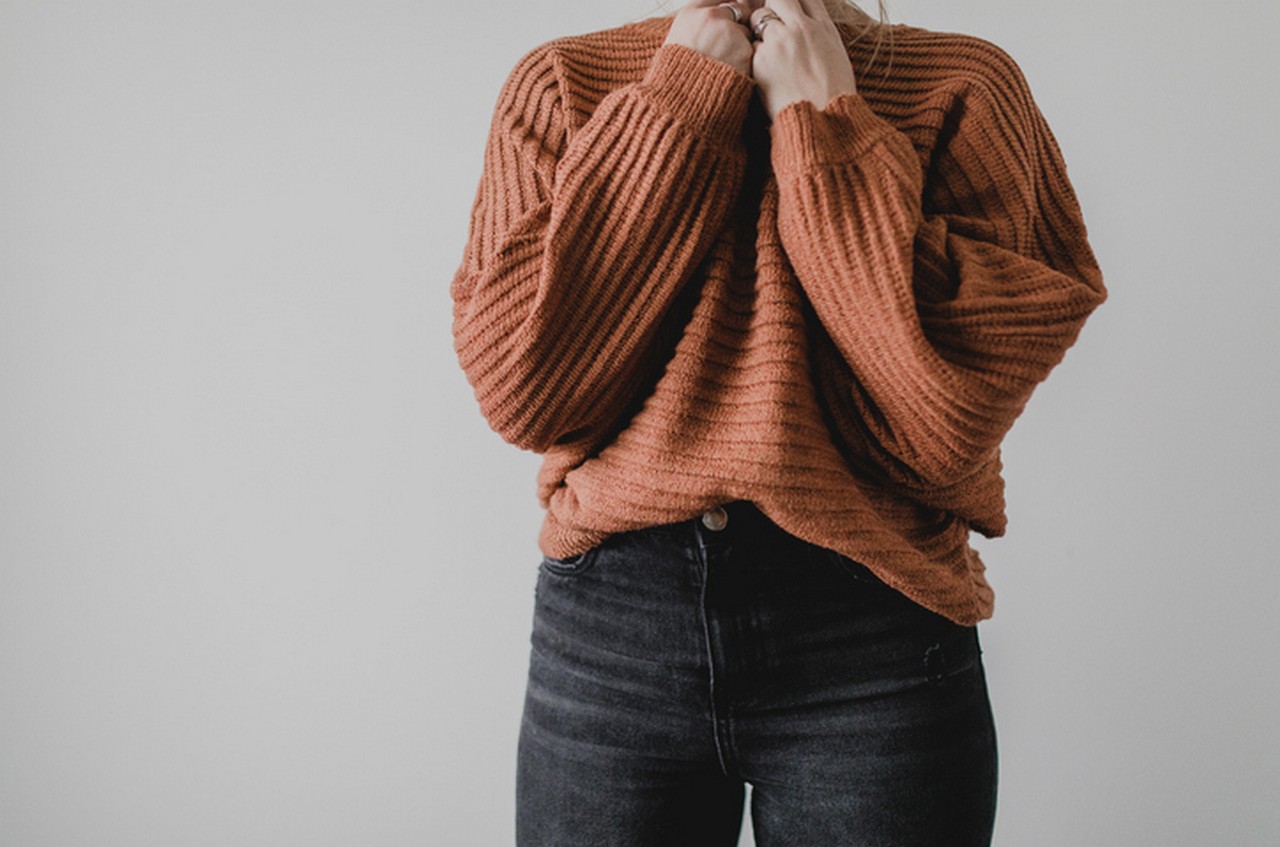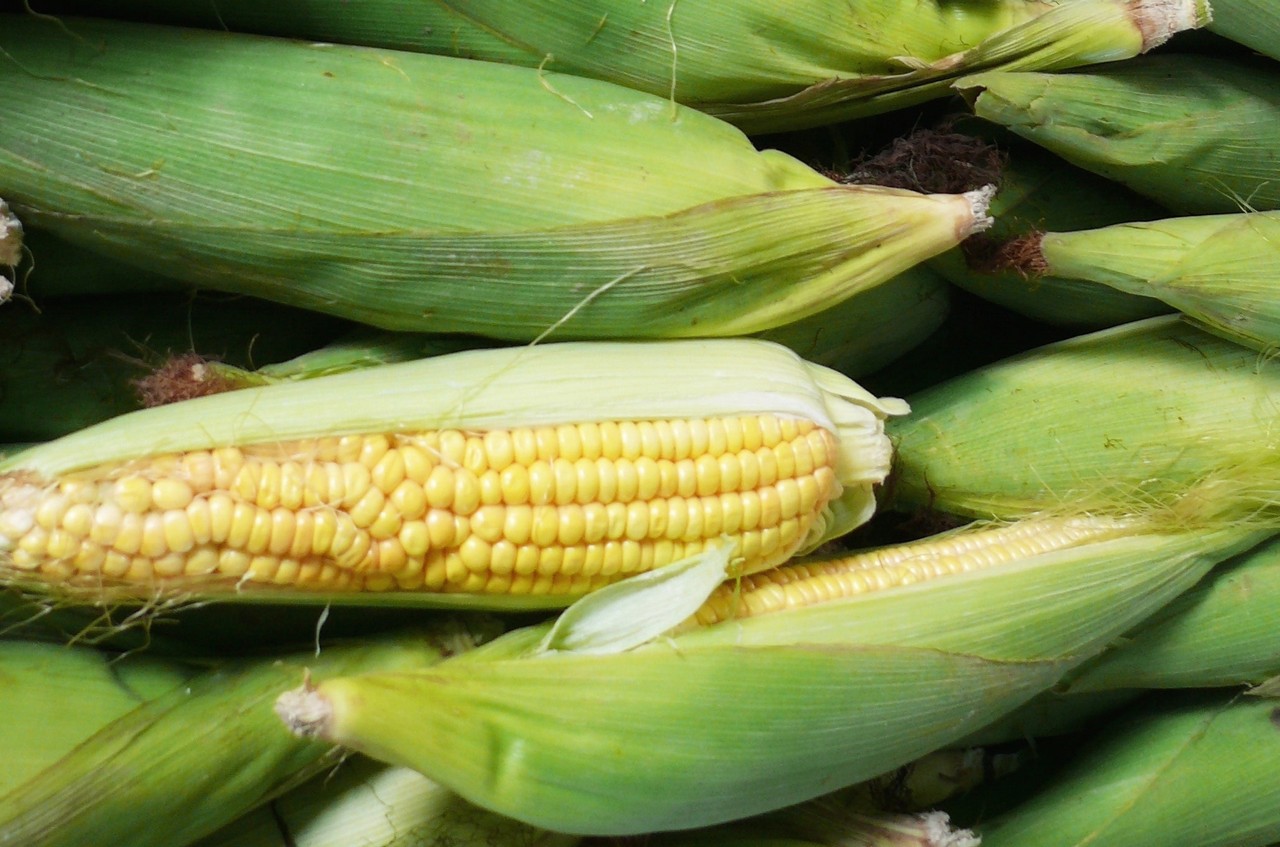
Nothing says summer quite like corn on the cob. Sure, the yellow veggie isn’t as glamorous as other seasonal produce, like tomatoes or peaches, but it’s just as important. Think about it: Have you ever been to a backyard barbecue, beach party, or summer gathering that wasn’t serving corn on the cob? I definitely haven’t.
Of course, shopping for corn isn’t as simple as eating it. Since whole corn cobs are almost always sold still in their husks, it can be hard to tell what’s good and what isn’t if you don’t know what you’re looking for—you can’t check for bruises or feel for ripeness like you can with a peach, after all. If you do know what you’re looking for, you can actually use that husk to guide you to the right choice, Katy Green, produce field inspector at Whole Foods Market, tells SELF. These are all her tips for shopping corn.
There are tons of different kinds of corn, but only a few you’re likely to encounter.
Green says that there are hundreds of different types of corn, but sweet corn is the one main category you’ll probably see at the grocery store. Other categories of corn include field corn, which is used to feed livestock and mass produce things like cornmeal, and flint corn, which is colorful corn that’s used for decorative purposes more than anything else—it’s probably made an appearance on your Thanksgiving table at least once.
The most common varieties of corn under the sweet corn umbrella are white, yellow, and bi-color, Green explains, and, in general, white corn is sweeter than yellow. She says you might also run into red sweet corn, but that this variety is very rare. No matter which color you’re shopping, you can tell the corn is good by looking for the same visual indicators.
Whatever you do, don’t peel back the husk.
Every now and then I see someone at the supermarket peel back the husk on a corn cob to see if it’s good or not, but Green says you definitely should not be doing that. She explains that it can expedite dehydration and cause the kernels to prematurely lose their sweetness. “Also,” she adds, “peeling corn in the store can be a potential slipping hazard for your fellow shoppers!” Basically, just don’t do it.
Instead, start by looking for size—Green says the ideal corn cob will be about 8-inches in length with a thick girth—then take a good long look at the husk, because you can actually use it to help you find the best corn. “For sweet corn,” says Green, “you will want a bright green and well-hydrated husk.” She explains that you’ll want to avoid husks that are brown, slimy, or dehydrated, as that can indicate aging or improper storage. And If you notice any holes, drop it, because that can be a sign that insects have damaged the corn from the inside.
Then, get a little touchy-feely with the corn.
After you’ve determined that the husk is up to snuff, give the corn a nice, long squeeze. Green says that what you’re doing is feeling for the kernel development pattern through the husk. She says to avoid cobs where you notice spaces between the kernels, as that can be a sign of improper pollination and less tasty corn. The kernels should be plump and developed all the way to the tip of the corn—if they aren’t, that can be a sign that they were prematurely harvested.
Corn won’t continue to ripen after you buy it.
Green says that corn cannot be improved after purchasing, because there is no further sugar development once it’s removed from the stock. Unlike peaches, which continue to ripen long after they’ve been picked, you get what you get with corn.
But there is a way to make it last longer.
“When buying sweet corn, think of it as a carton of milk in terms of perishability,” Green explains, “you want to get it into the refrigerator as quickly as possible.” She says that if you don’t, heat can cause the sugars in the kernels to transition into starch, which will ultimately make the vegetable less sweet. And heat can lead to a dehydrated husk, which will cause the kernels to shrivel. Basically, throw your corn in the fridge right when you get home from the store—there, it will stay good for about three days.
If you want it to stay good for way longer, Green’s go-to trick is to remove the kernels from the cob, and freeze them in a single layer on a baking sheet. Then, she transfers them to an airtight plastic bag and moves them to the freezer, where they’ll stay good for months.
The best time for corn is June through August.
Sadly, good corn isn’t something you can enjoy all year, so make the most of it while it’s still in season. For the absolute best corn, Green recommends shopping locally or regionally whenever possible, as she says “the faster the cob gets from the field to your home, the better flavor will be,” and mass-produced corn can spend a lot of time in transit.
Use your summer corn in these festive recipes.Blueberry Corn Salad With Grilled Chicken
Corn and blueberries make a sweet and surprisingly excellent team. Get the recipe here.
Cheeseburger With Herb Corn Salad
Most Popular
- 5 Less Obvious Signs of Seasonal Depression You Should Definitely Pay Attention To
By Maggie O’Neill
- 42 Creative Valentine’s Day Gifts for Guys
By Sarah Madaus
- Just Some Fun Sex Toys You and Your Partner Will Love
By Gabrielle Kassel
This side salad is like a corn on the cob, without all the energy required to eat a corn on the cob. Get the recipe here.
Sheet-Pan Shrimp Boil
Making a shrimp boil doesn’t get easier than this. Get the recipe here.

